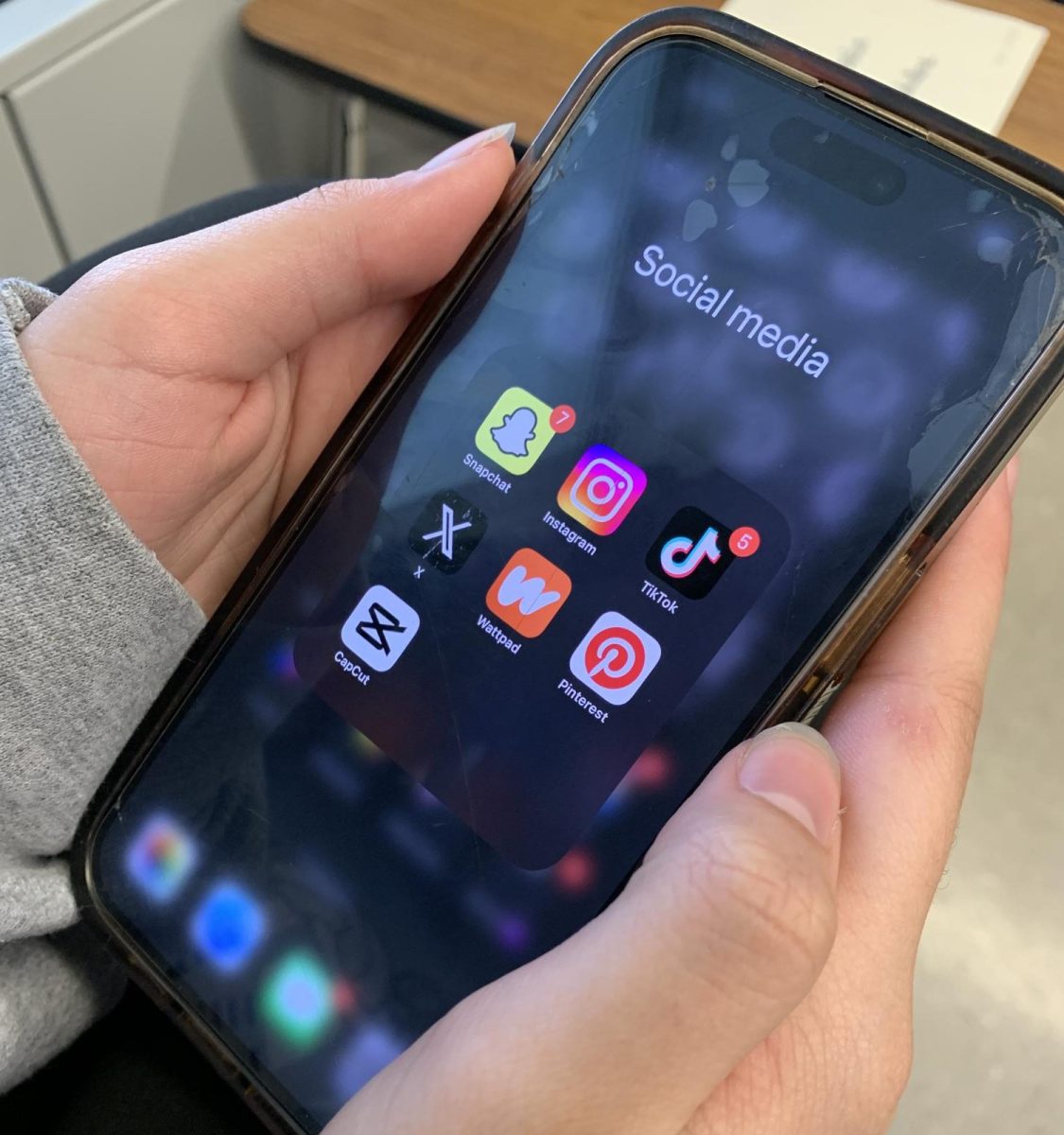Before the age of cell phones, humans found alternative ways to function in their day-to-day lives. What was life like before the technological revolution? Do the benefits outweigh the bad?
Perceptive from the ’80s
Anthony Perrino, a Teacher at Colonia High School, went to school from 1986 to 1990. “There were no cell phones whatsoever. ” To communicate back then, you had to have a landline installed in your house. “I remember when I was younger that I was caught up in what you’d call a party line, where you would be tied into someone else’s conversation, and the big battle was to see who was going to be able to get on the phone.”
If you wanted to hang out with your friends back then, you had to make plans in person and commit to them. Whatever time your group said to meet up, you would be there at that time and location. “One time I set my watch back, and I was supposed to come home for dinner, but I came home 40 minutes late. My parents didn’t buy it, and I got it pretty good from my dad. But it was really the responsibility, you had to have it if there was no way to get in touch with you.”
Christine Goros
Most kids who went to school in the 90s didn’t have a phone. To get in contact with their parents, they had to access the school’s pay phones to get in touch. Christine Goros was no exception. “After basketball practice, I would go across the gym to the payphones and make a quick collect call. A lot of times I didn’t have change, so I’d call collect. Then the phone would say do you accept charges and I’d quickly say, “I need you to pick me up then I’d hang up the phone.” Calling collect meant you only had less than five seconds to get your message across before you were charged a fee. Nowadays, with our smartphones, we never have to worry about being charged for a phone call.
“That’s why my parents got me a phone. It wasn’t a smartphone, it was just a prepaid Nokia. I didn’t have a text message or anything on it, but they got me it so I didn’t have to make anymore rushed phone calls.” In today’s world, if we want to hang out with our friends, we can just call and ask ourselves. Back then, the youth used landlines, and if you were lucky, you had a cordless phone. The benefit was that you were able to hide in another room and speak. The downside is you would have to call the friend’s house, speak to the parent, and ask them if your friend could come out.
Difficulty Traveling
No smart cars and no GPS, our Gen Z young adults got around in a rather risky way. “We had this thing called MapQuest, we would put in where we needed to go. Kinda similar to Google Maps, you’d put your starting address, and it gave you step-by-step directions that you would need to print out. There was no rerouting if there was traffic or if you took a wrong turn.” Relying on strangers for directions and reading signs where the only other way to get on track to your destination. Fun fact: if you were alone traveling, you would need to multitask. Drive with one hand while reading the directions with the other. This made it unsafe to drive because you were constantly distracted by the directions.
Loss of Creativity
Back then, there was no Google or any type of search engine until the mid to late 90s. People had to come up with their own ideas and think for themselves. Today, your opinion is being told to you through influencers and politicians, and it’s being shoved down your throat to push their agendas. “I think people would defidently be more creative without the phones, even though there are things that having this technology can help with creatively speaking. However, just as much as it can help those who want to be creative with it, it also inspires those to take advantage of the system that we have today to become lazier and not use their minds to think as capably as they can.”
Overconsumption
From 2007 to the present, forty-four iPhones have been released. Granted, many updates have been added to the phones, but none are good enough to make them stand out. A camera update there, no home button here, and the phones get bigger by the year. These upgrades are unnecessary besides updates on the camera. At this current point in time, there is no need for any more iPhones if nothing drastically changes. People, especially in Western civilization, feel the need to get a new iPhone because it’s “trending”. Being trendy is stupid because you are wasting your own money. Only to get an increased phone bill and a phone that does the same thing as the last. I won’t be buying a new iPhone until there is a drastic change to it.
The Rise of the Smartphone
The first-ever touchscreen iPhone was released in January 2007. Apple introduced the smartphone to the world and quickly grew in popularity, leaving the iconic flip phones obsolete. What once was a smartphone is now deemed a dumb phone. Flip phones were left in the past. From 2007 to the present, forty-four have been released.

















